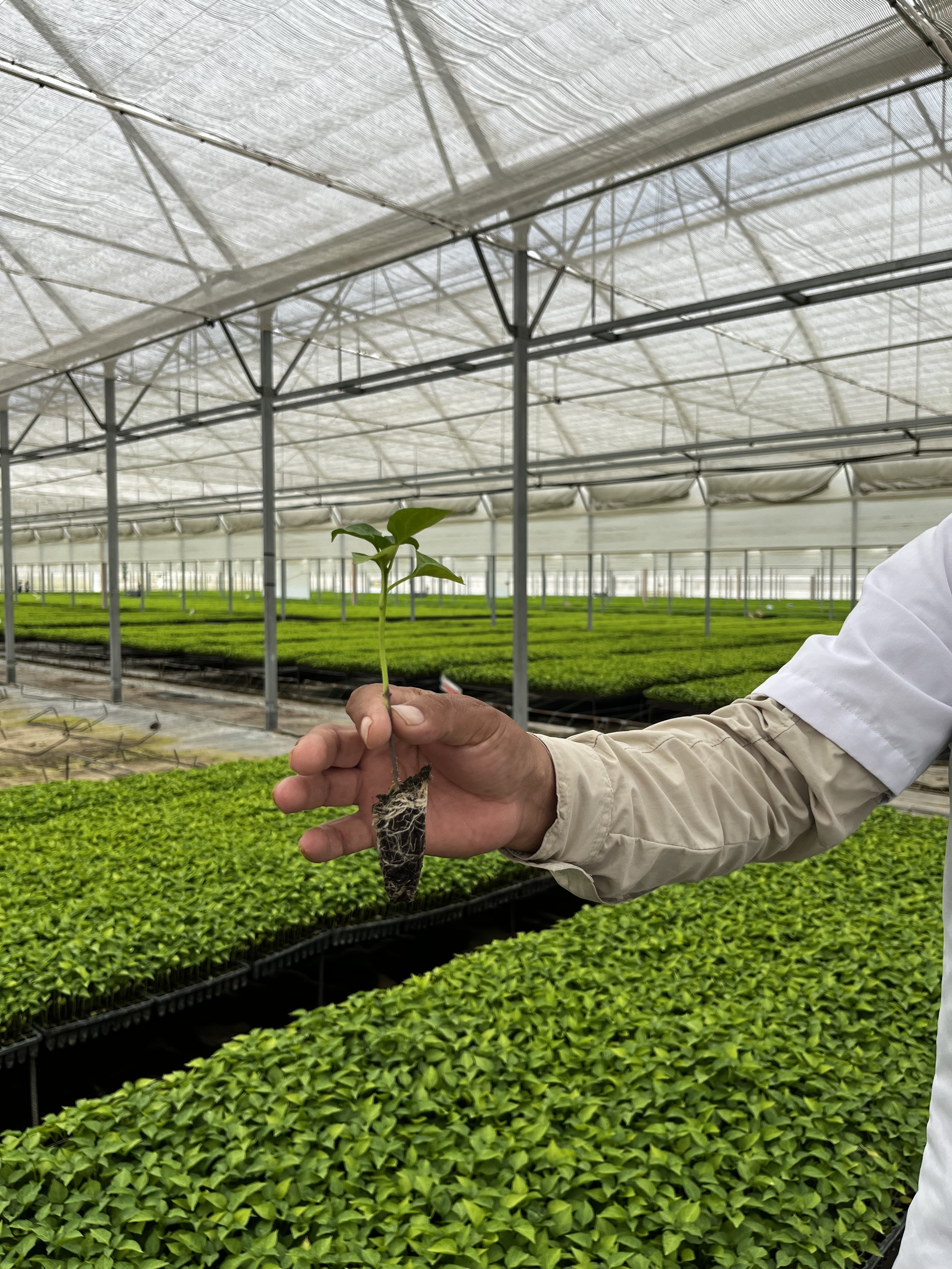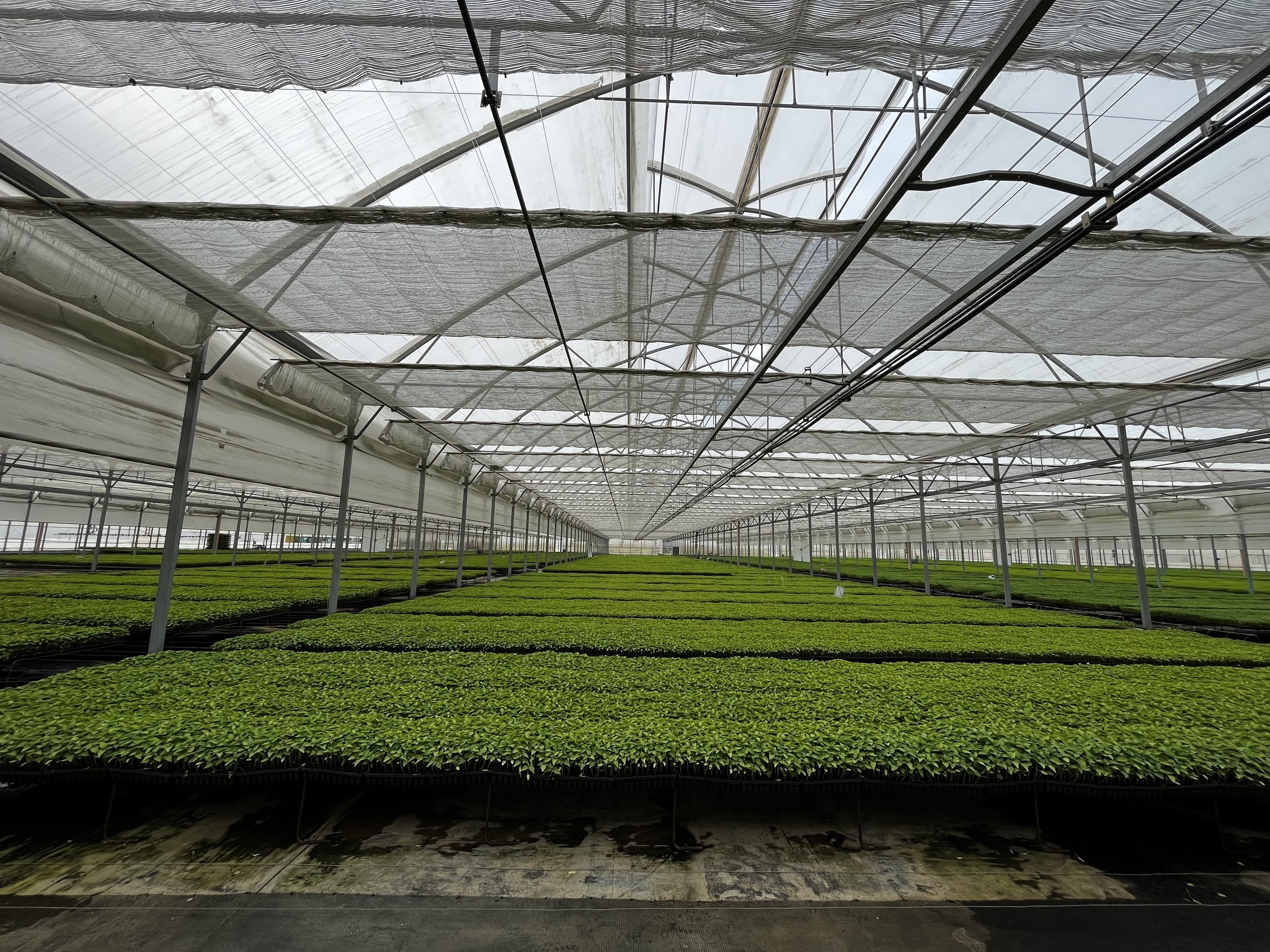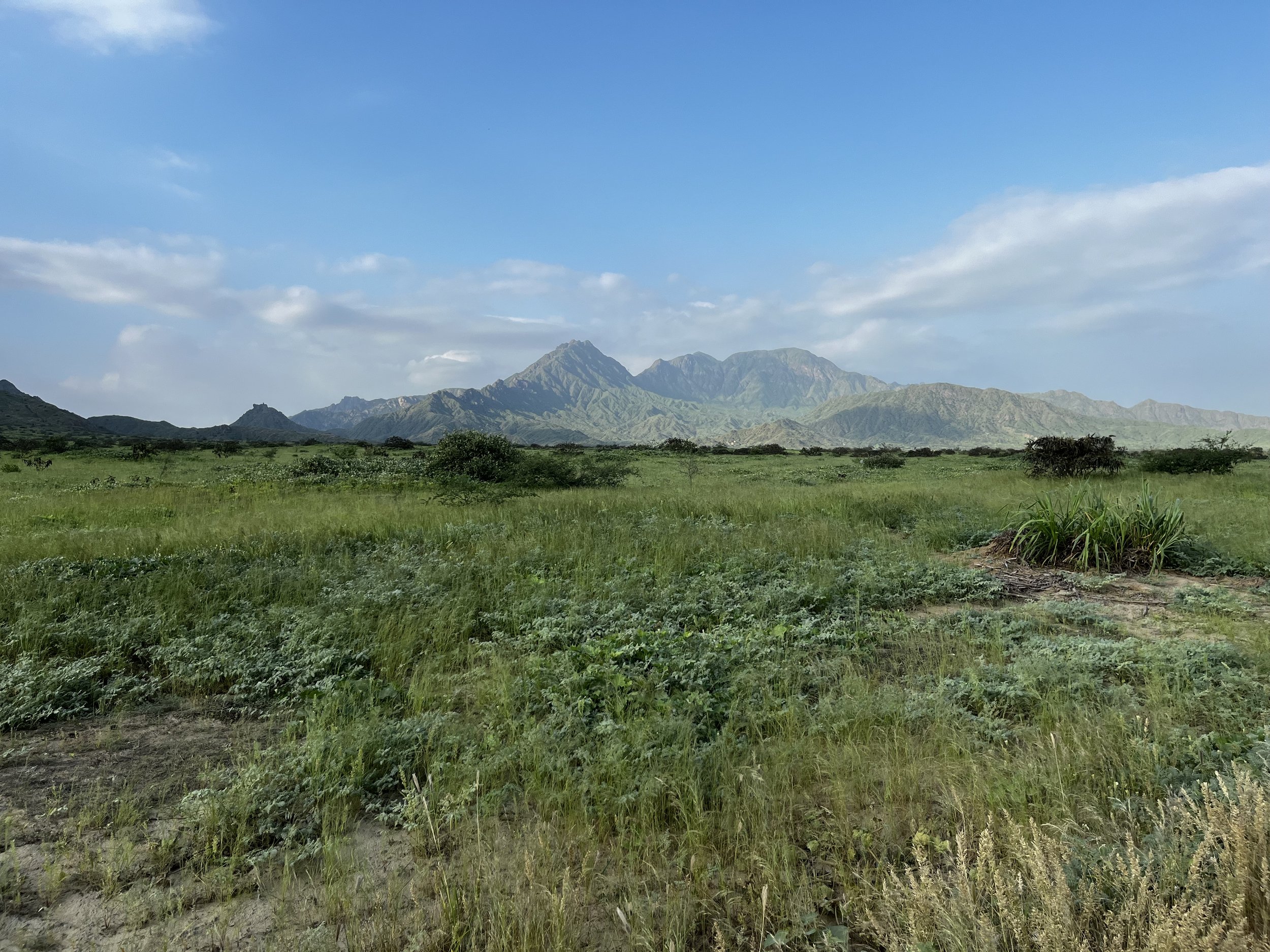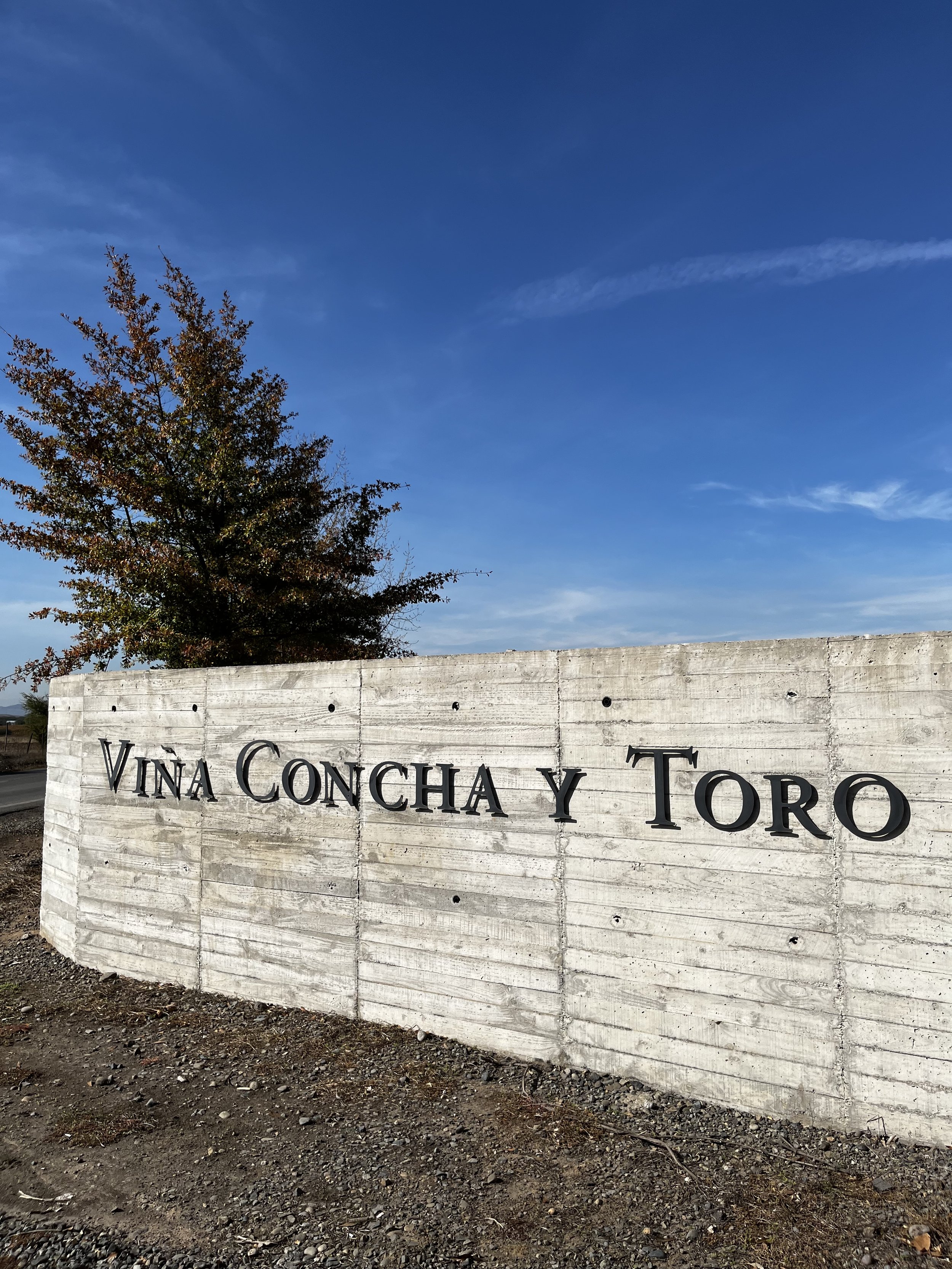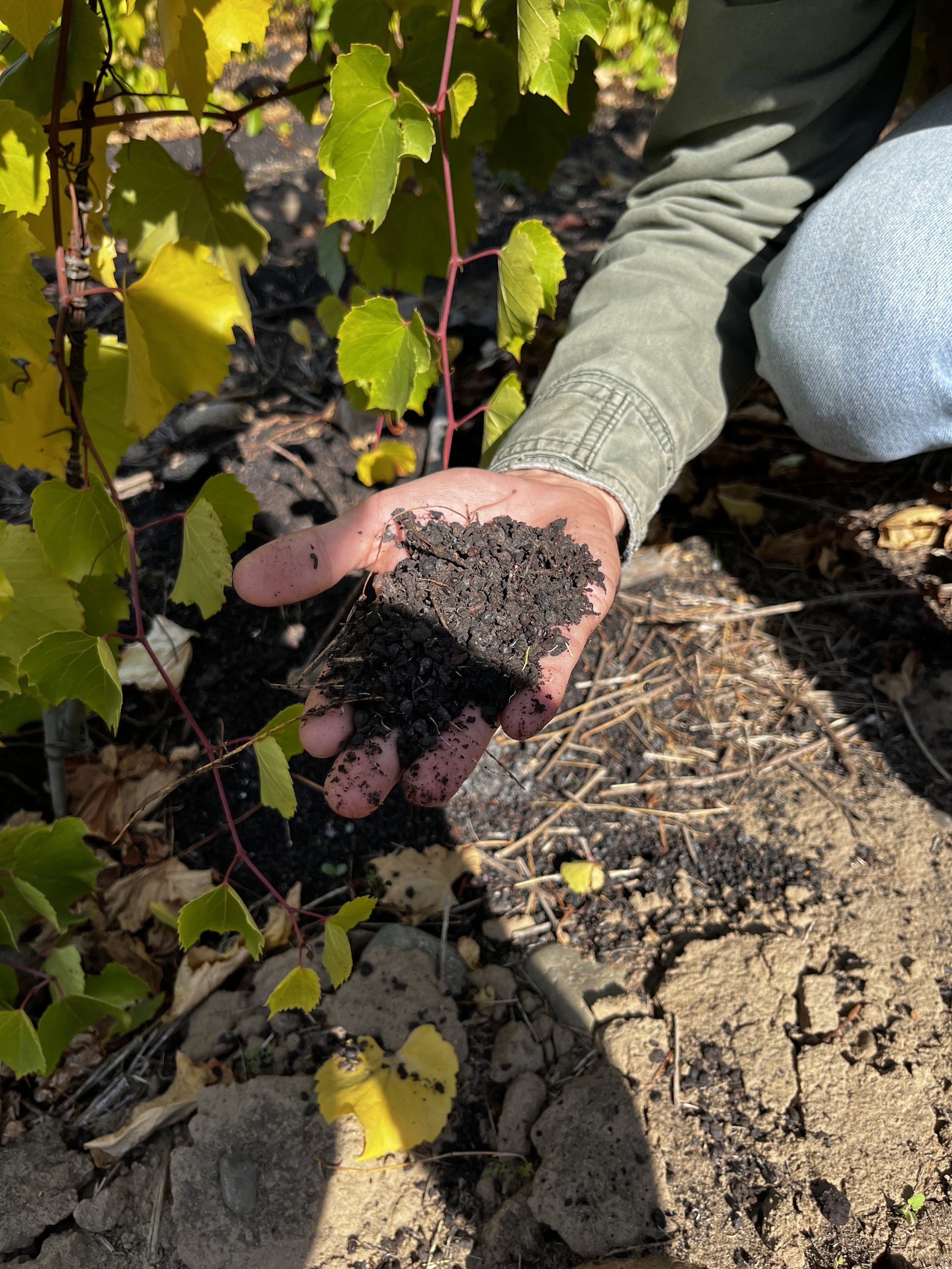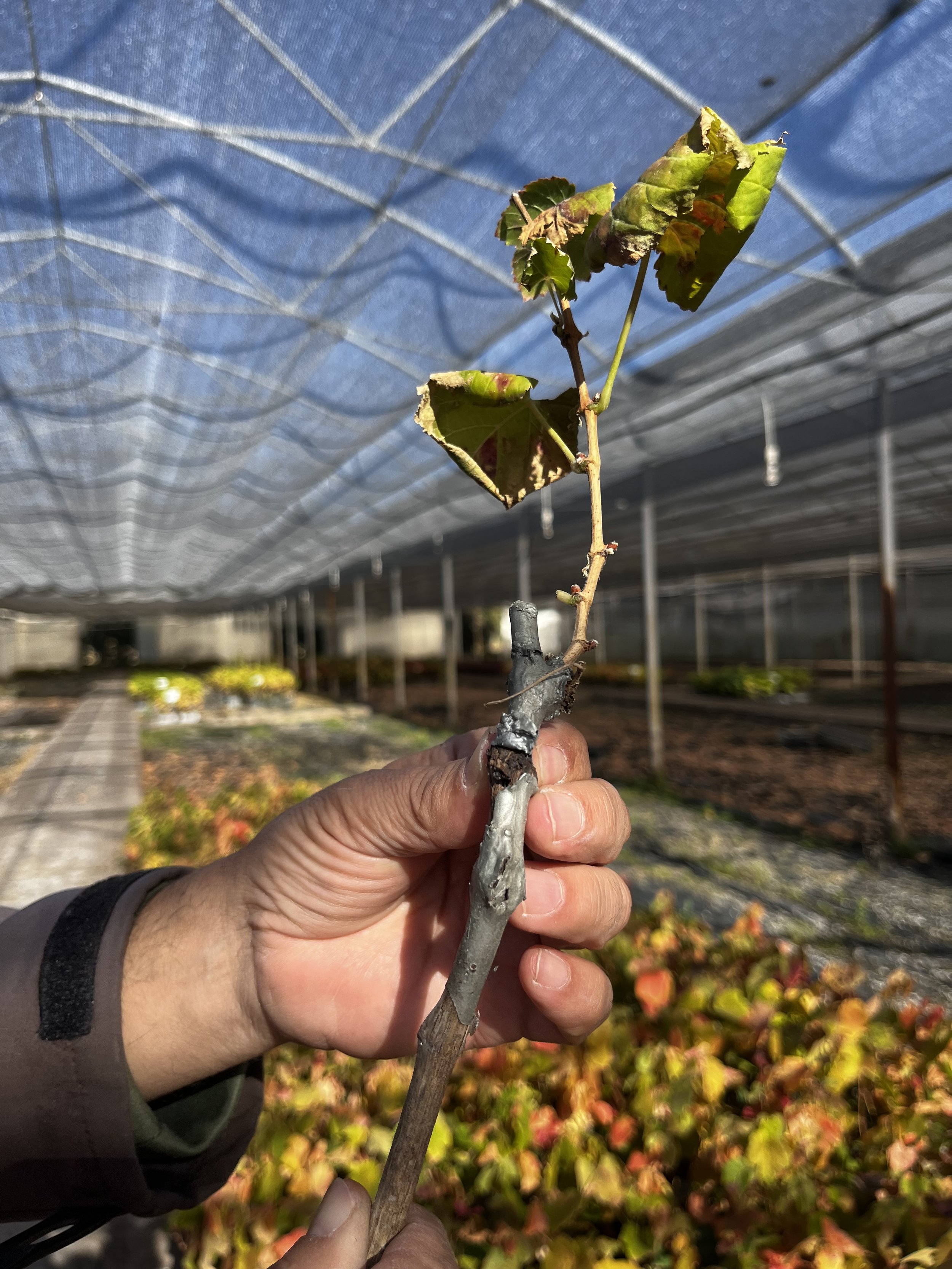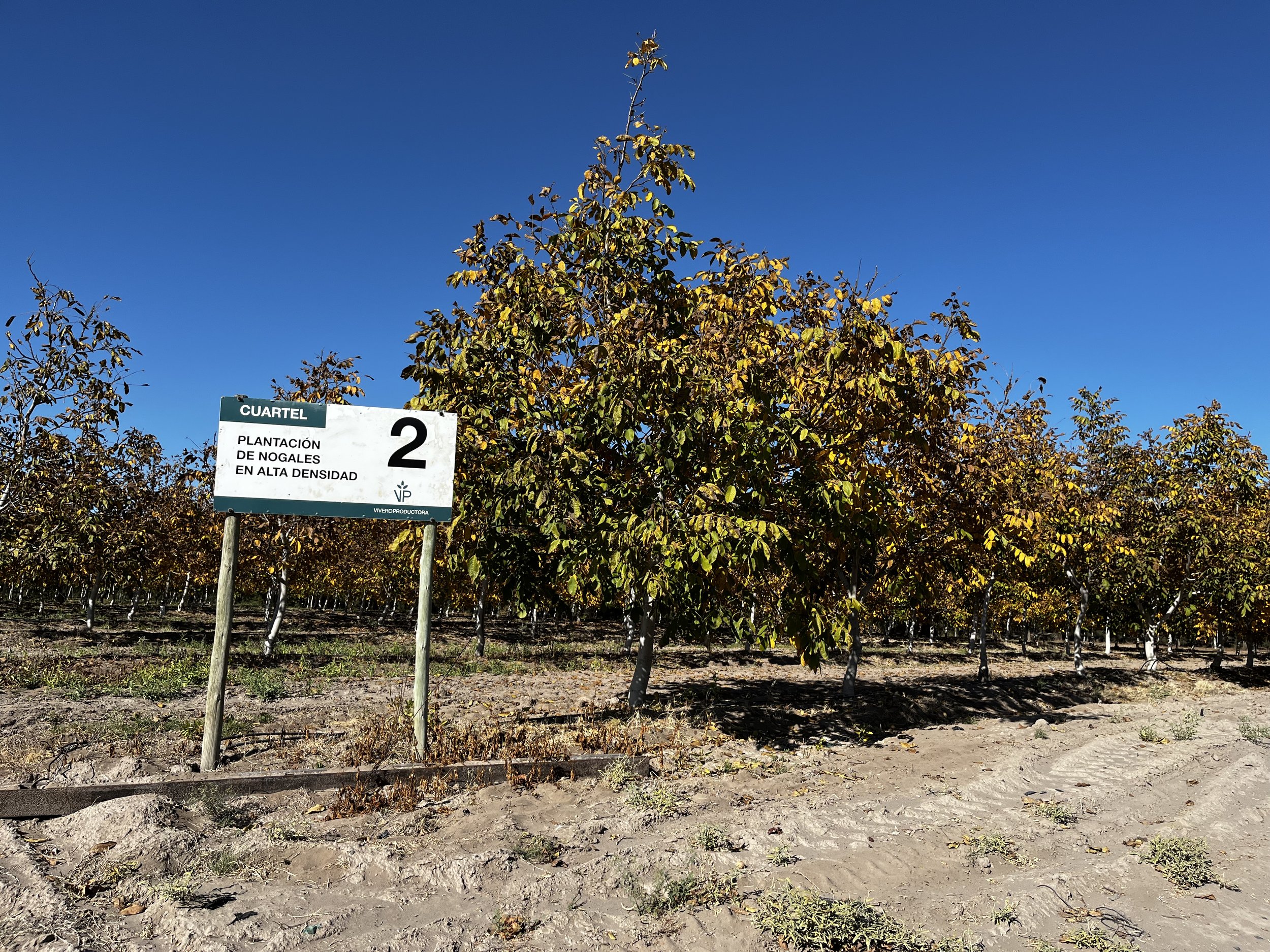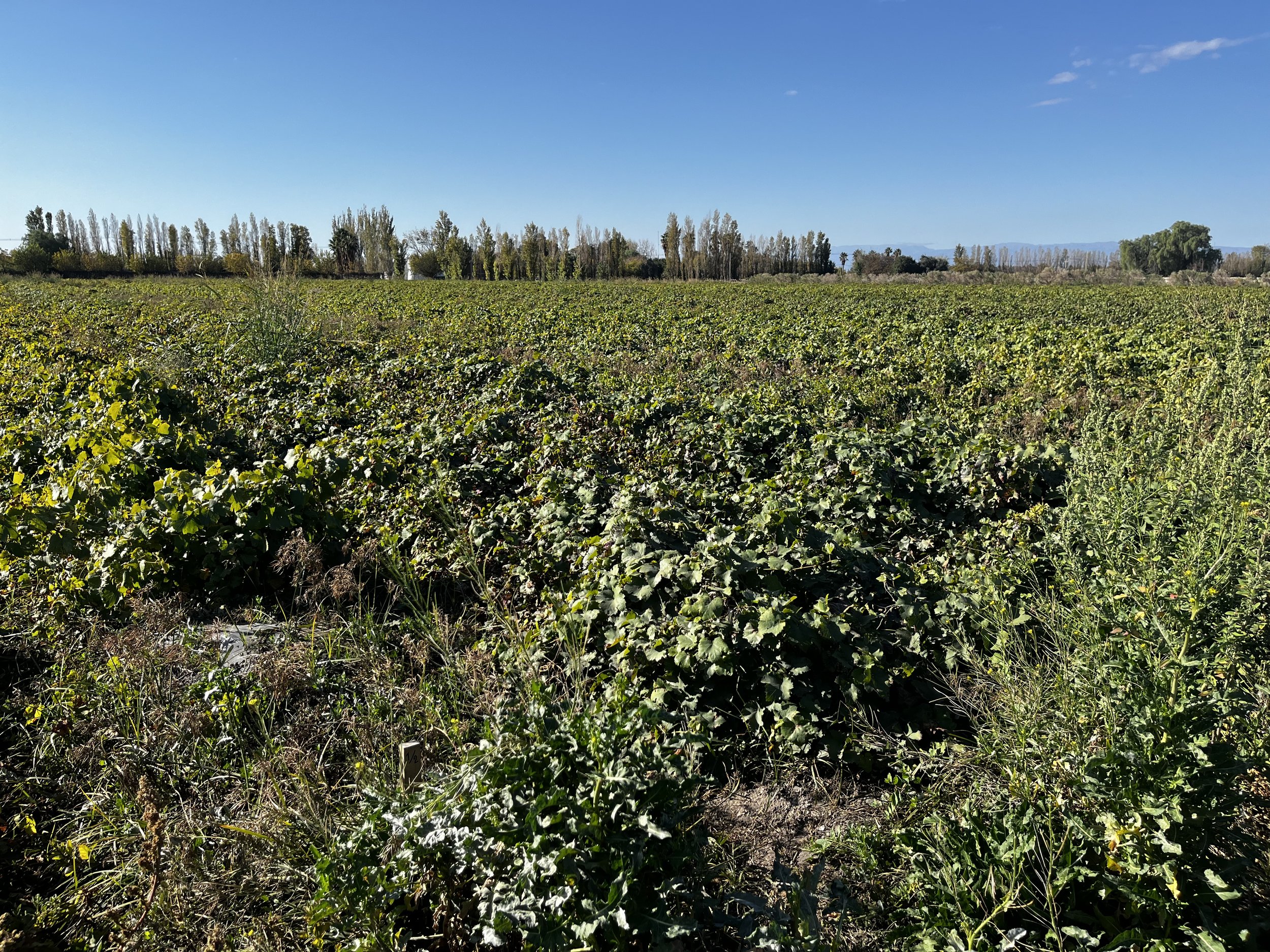It had been a while since we had visited South American nurseries (4 years, except Brazil) and have had some feedback about their needs. This time we went to Peru, Chile and Argentina.
We didn’t know what to expect further to post-COVID political and social crisis, and now global inflation. Climate change also deeply affect these countries, with severe droughts in Chile and Argentina and heavy rain in Peru, forcing them to adapt their strategies.
Viveros Genesis, Peru
First stop was Peru, which is the country that looked having the most dynamic economical growth. We visited there Viveros Genesis. It is one of the biggest nurseries in Peru, producing vegetable seedlings, mostly peppers (which demand is exploding), fruit plants, among which citrus, avocado, berries and grapes, and forest plants.
Concha y Toro, Chile
Second stop has been Chile. There we visited Univiveros, Nueva Vid, which are major nurseries and eventually Concha y Toro.
Concha y Toro is the biggest winery in Latin America. It has its own nursery and Research Center in Pencahue, close to Talca, 3 hours south of Santiago de Chile. They graft 1 million plan every year for their own needs.
Chile is more and more concerned by climate change : Like Concha y Toro , companies introduce greener practices in vineyards, such as using shredded vine shoots to cover soils, but also planting organic vineyards to meet increasing demand.
Argentina, Mendoza & San Juan
Argentina was the last country of our trip, where demand remains stable both on domestic and international markets, in spite of a chaotic economical and financial situation.
We visited Viveros Productora, Valle Verde/Guillaume, Viveros San Nicolas, all situated in Mendoza region.
Viveros Productora is one of the biggest nurseries in Argentina close to Mendoza, were they use Starwax in nursery fields. They also produce pistachios, which seem to be a promising market, with in vitro propagation.
Still in Mendoza wine region, we visited big wineries, which all set up their own nursery in order to secure their own grafts supply : Zuccardi were the first, followed by Trapiche and lastly Catena Zapata.
Their main concern is also to get new virus free blocks of rootstocks and varieties, so they are all planting new vineyards.
Catena Zapata’s free virus zone
Finally, 3 hours from Mendoza, our last visit took us to Don Peto and La Rinconada nursery, in San Juan, a very dry region. They produce there only raisins grapes, whose demand is in constant growth.
Viveros La Rinconada, San Juan
To sum up, all these countries need to face real challenges, from a decreasing wine consumption to climate change and the necessity to adopt more environment friendly practices. Lack of labour and market change, such as pistachio and raisin but also organic wine high demand, require to all nurseries adaptability and innovation in order to survive.

